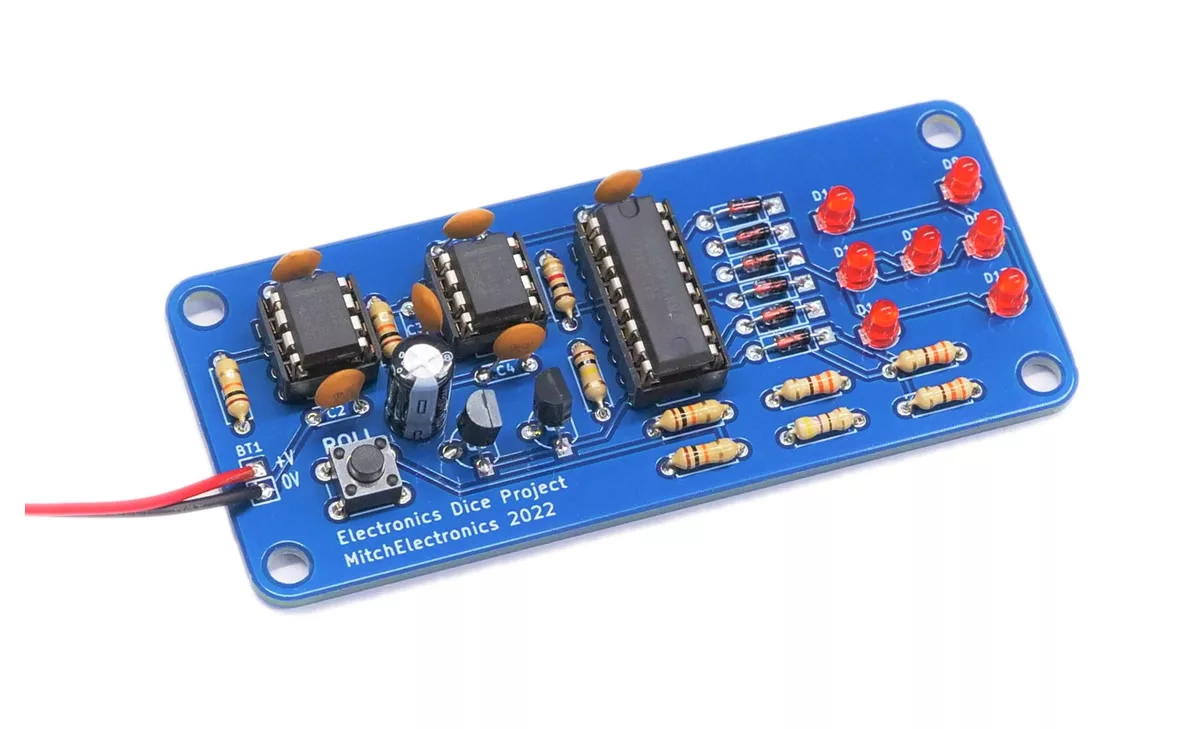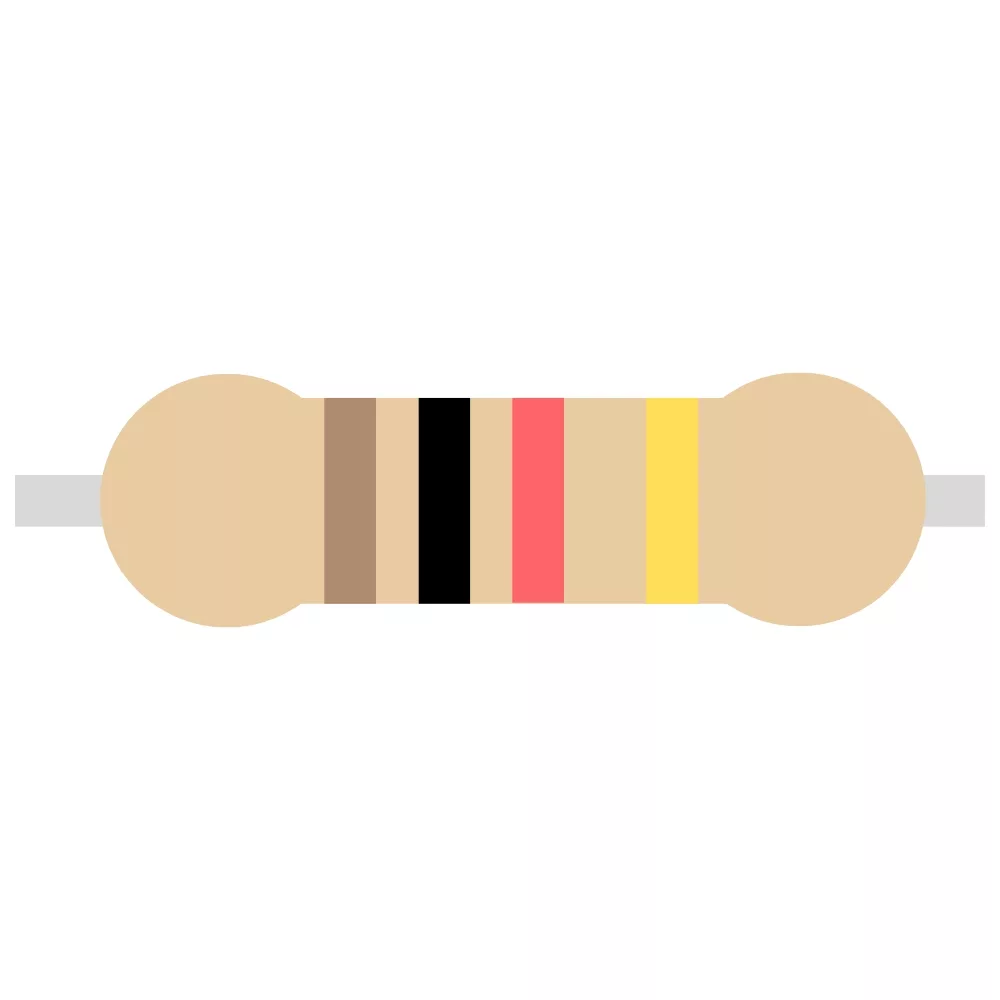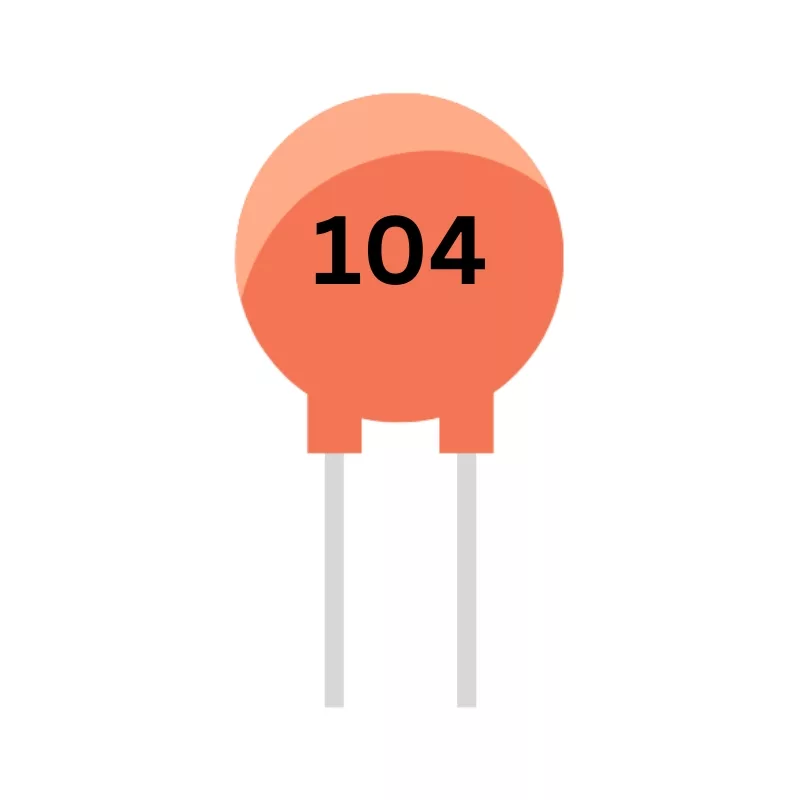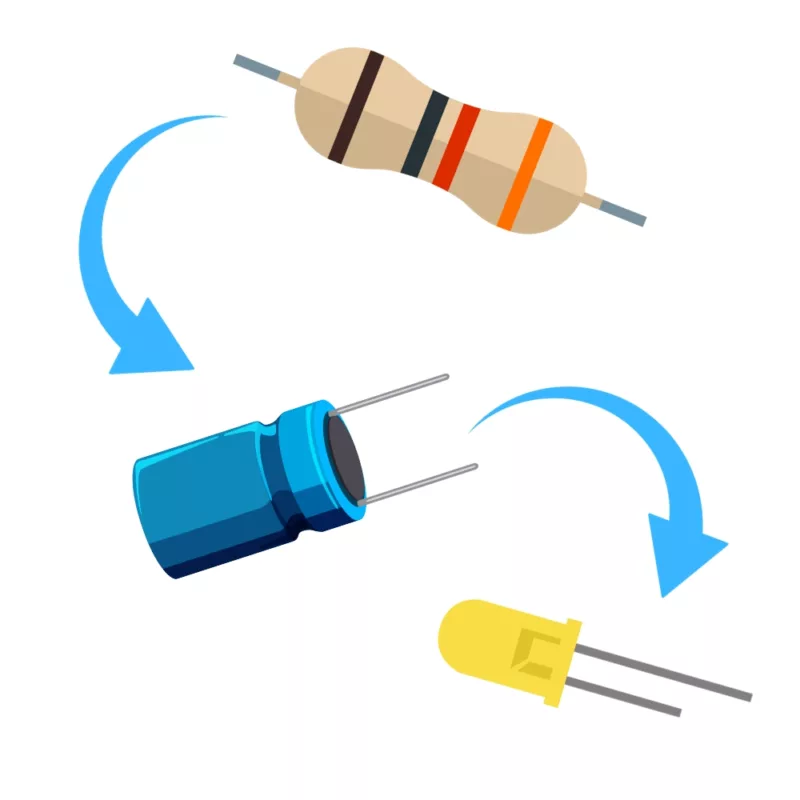Electronic Dice Kit Instructions
robinmitchell2023-12-26T14:57:44+00:00Electronic Dice Kit Instructions
Table of Contents

Introduction
Why You Need An Electronic Dice!
If you find yourself inside on a rainy day and without dice to play your favourite board games then look no further as the MitchElectronics Electronic Dice kit is just for you!
Built using three main sub-circuits this kit will simulate a dice with a simple cool-down system so you can watch the numbers roll. Press and hold the switch to start the dice rolling and then let go when your feeling lucking for that number which gets you past those expensive hotels or away from that ladder!

Schematic

Simulation
How Does The Electronic Dice Work?
Overview
The Electronic Dice kit is an … electronic dice … which can be used in place of dice for board games and other dice applications. When the user presses and holds the switch (SW1), the circuit rolls the dice and when the user lets go of the roll button the dice continue to roll for a short amount of time before landing on the final value.
This project relies on three main sub-circuits which include
- 555 Monostable circuit (U1)
- 555 Astable circuit (U2)
- 4017 counter (U3)
The function of the monostable and astable will not be covered here but can be learned from the other MitchElectronics kits found in the links above.
Retriggerable 555 Monostable
When the button is pressed and held the two transistors Q1 and Q2 are turned on. Q1 is connected to the trigger input of the 555 monostable U1 and so this causes the monostable to trigger. However, Q2 is connected across the timing capacitor C1 for the monostable and this discharges C1. C1 can only begin to charge when the user releases the button and so this is a 555 monostable that can be retriggered as well as held before starting the countdown.

Dice Counter
The 555 monostable (U1) is used to enable the 555 astable (U2) which acts as the clock source for the dice. Normally, the 555 monostable output is low and this keeps the 555 astable from oscillating but when the button is pressed and the monostable output goes high the 555 astable (U2) begins to oscillate.
The 555 astable is connected to the 4017 counters clock input so every time the 555 astable output (U2) goes from low to high the 4017 increments. The outputs of the 4017 are configured with diodes to create the pattern of the dice faces in the LEDs and upon counting more than 6 times the 4017 resets itself (by connecting Q6 which is the 7th output to the reset input).

Component List
| Component | PCB Reference | Quantity | Looks Like |
|---|---|---|---|
| 8 DIP Socket | U1, U2 | 2 | |
| 16 DIP Socket | U3 | 1 |  |
| 555 Timer IC | U1, U2 | 2 | |
| 4017 Counter IC | U3 | 1 | |
| 2N3904 BJT NPN Transistor | Q1, Q2 | 2 |  |
| 330R Resistor | R6, R7, R8 | 3 |  |
| 470R Resistor | R5 | 1 |  |
| 1K Resistor | R3 | 1 |  |
| 10K Resistor | R1, R2, R9, R10 | 4 |  |
| 680K Resistor | R4 | 1 |  |
| 100nF Capacitor | C2, C3, C4, C5, C6, C7 | 6 |  |
| 100uF Capacitor | C1 | 1 | |
| Tactile Switch | SW1 | 1 |  |
| 3mm Red LED | D7 - D13 | 7 | |
| 1N4148 Diode | D1 - D6 | 6 |  |
| PP3 Connector | BT1 | 1 |  |
PCB


Project Ideas
Board Game Dice
By far, the best use for the Electronic Dice Kit is board games. The project could easily be mounted inside an enclosure while the LEDs are made visible through an opening with semi-transparent black acrylic.
But this project could easily be combined with multiple Electronic Dice Projects to create two simultaneous dice that roll either in sync or roll one after the other. Either way, it would be impossible to cheat with these dice!

Construction Tips

Electronics Construction Guide
To learn more about how to solder electronic components, download the Electronics Construction Manual free using the button below

Component Order
Solder the components in this order to keep things simple
- Resistors
- IC Sockets
- Capacitors
- Transistors
- LEDs
- Wires
- Make sure the red wire is connected to VCC (sometimes V+)
- Make sure the black wire is connected to 0V (sometimes GND)
Double-check your components BEFORE soldering!
- MitchElectronics kits use double-sided PCBs with plated through-holes
- This makes the PCBs extremely strong
- It also makes desoldering very hard, so be sure components are inserted correctly

Final Thoughts
Here an idea that you can try with your dice!
- Modify the dice to slowly count down instead of suddenly. This could be done by combining the Voltage Controlled Oscillator kit with an RC circuit
- As the voltage across an RC tank circuit falls, the output frequency of the VCO falls, and this would result in a slower count
- Eventually, a comparator would reset the VCO and prevent further counts after the RC voltage has reached a minimum level
